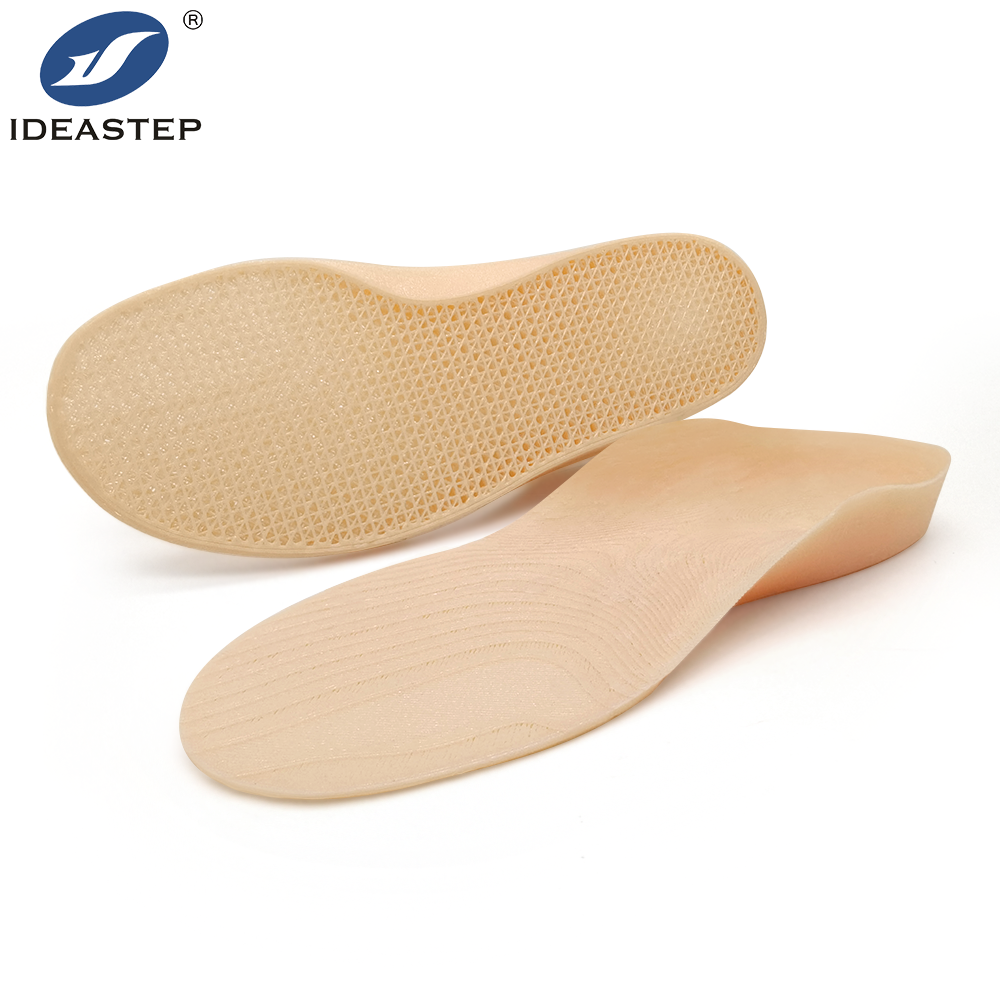Orthopedic insoles are designed to provide support and correction to the foot and ankle, helping to alleviate pain and discomfort caused by various foot conditions. In recent years, the integration of 3D printing technology into orthopedic insole production has revolutionized the industry, offering unprecedented customization and precision. In this article, we delve into the advantages of 3D printed orthopedic insoles, explore the ideal user groups, and address some common questions to understand their profound impact on the field of podiatry and orthopedics.

Advantages of 3D Printed Orthopedic Insoles
-
Customized Support and Correction: 3D printing allows for the creation of orthopedic insoles that are tailored to the individual’s unique foot structure and biomechanical needs. This customization ensures that the insole provides precise support and correction, addressing specific issues such as flat feet, high arches, or ankle instability.
-
Enhanced Comfort: The personalized fit of 3D printed orthopedic insoles ensures that they provide maximum comfort. They can be designed to contour the foot perfectly, reducing pressure points and discomfort.
-
Lightweight and Durable: 3D printed insoles are typically made from lightweight and durable materials, such as nylon or polyester, which are strong and resistant to wear and tear. This makes them ideal for daily use, even in high-impact activities.
-
Faster Recovery: Orthopedic insoles designed using 3D printing technology can help individuals recover faster from foot and ankle injuries. By providing the necessary support and correction, they can reduce pain and discomfort, allowing for faster healing.
-
Tailored to Specific Conditions: 3D printing allows for the creation of orthopedic insoles that are tailored to specific foot conditions. Whether it’s plantar fasciitis, heel pain, or another condition, 3D printed insoles can be designed to provide the necessary support and cushioning.
Ideal User Groups for 3D Printed Orthopedic Insoles
-
Individuals with Foot and Ankle Injuries: Athletes and non-athletes alike who have suffered from foot or ankle injuries can benefit greatly from 3D printed orthopedic insoles. These insoles provide the necessary support and correction to help heal the injury and prevent further damage.
-
Senior Citizens: Older individuals often experience changes in their foot structure due to aging, such as flattening of the arches or stiffness in the ankles. 3D printed orthopedic insoles can provide the support and comfort they need to maintain their mobility and independence.
-
Workers on Their Feet All Day: Individuals who spend long hours on their feet, such as healthcare workers, retail clerks, chefs, and construction workers, can experience foot and ankle discomfort. 3D printed orthopedic insoles can provide the necessary support and comfort to alleviate this discomfort.
-
Individuals with Chronic Foot Conditions: People who suffer from chronic foot conditions such as plantar fasciitis, heel pain, or bunions can benefit from the targeted support and correction offered by 3D printed orthopedic insoles.
FAQs
Q: How does the 3D printing process work for orthopedic insoles?
A: The 3D printing process for orthopedic insoles typically involves scanning the individual’s foot using a 3D scanner or a mobile app. This scan is then used to create a digital model of the foot, which is then used to design the insole. The design is then sent to a 3D printer, which builds the insole layer by layer using a suitable material.
Q: Are 3D printed orthopedic insoles expensive?
A: The cost of 3D printed orthopedic insoles can vary depending on several factors, including the complexity of the design, the materials used, and the technology involved. However, in general, they may cost more than traditional insoles due to the personalization and precision offered. The long-term benefits of reduced pain and discomfort, however, often justify the investment.
Q: Are 3D printed orthopedic insoles durable?
A: 3D printed orthopedic insoles are typically made from durable materials that can withstand regular wear and tear. However, like any other footwear component, they may require replacement over time due to wear and tear. Regular cleaning and proper care can extend their lifespan.
In conclusion, 3D printed orthopedic insoles offer a range of advantages, including customized support and correction, enhanced comfort, and faster recovery. They are ideal for individuals with foot and ankle injuries, senior citizens, workers on their feet all day, and those with chronic foot conditions.
